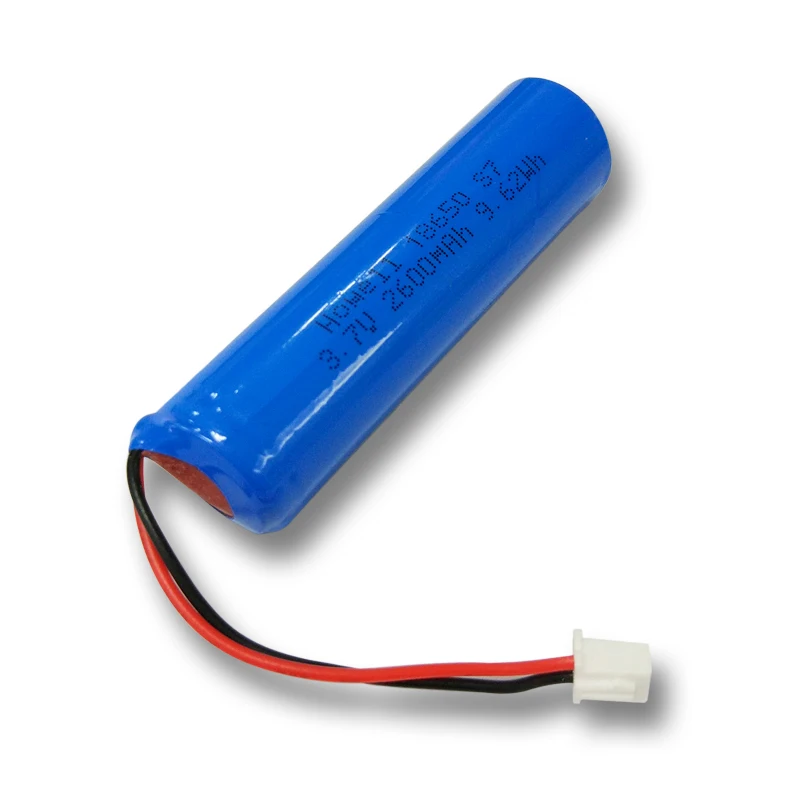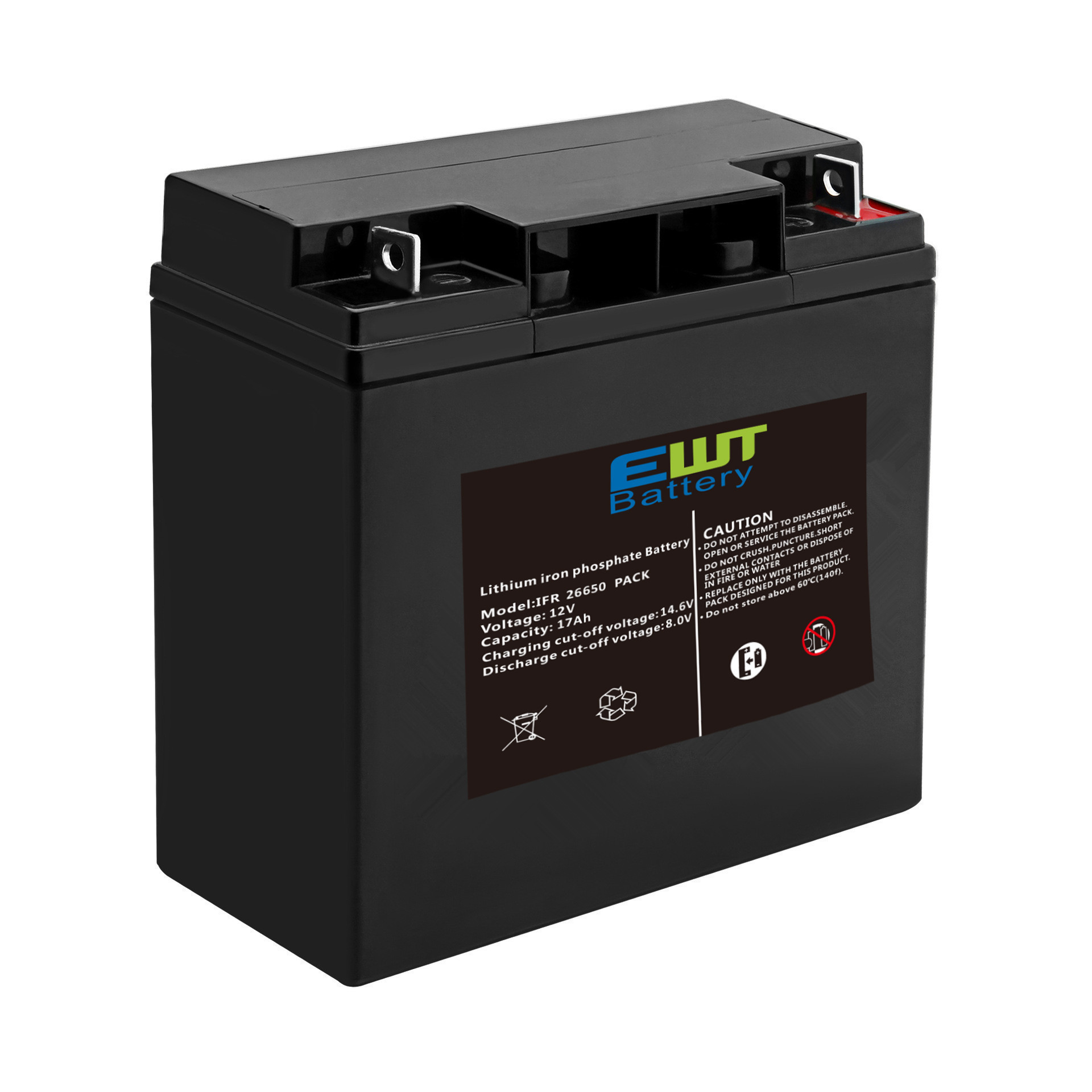
#Lithium ion batteries driver#
China was the driver of the growth-the country sold more EVs in 2021 than the rest of the world combined in 2020. EV Sales by Country in 2021Īfter remaining fairly flat in 2019, global EV sales grew by 38% in 2020, and then more than doubled in 2021. In 2016, Chinese consumers bought more EVs than the rest of the world combined-and the country hasn’t looked back, accounting for over half of global sales in 2021. But things changed in 2015, when China’s EV sales grew by 238% relative to 2014, propelling it to the top spot.Ĭhina’s growth had been years in the making, with the government offering generous subsidies for electrified cars, in addition to incentives and policies that encouraged production. was the largest EV market followed by China, the Netherlands, Norway, and France. The Early EV Daysįrom 2011 to 2015, global EV sales grew at an average annual rate of 89%, with roughly one-third of global sales occurring in the U.S. Using data from the International Energy Agency ( IEA), this infographic shows the explosion in global EV sales since 2011, highlighting the countries that have grown into the biggest EV markets. With many countries getting plugged into electrification, the global EV market has seen exponential growth over the last decade. 10 years later in 2021, that figure had grown close to 7 million vehicles. In 2011, around 55,000 electric vehicles (EVs) were sold around the world.
#Lithium ion batteries free#
Sign up to the free mailing list to get beautiful visualizations on natural resource megatrends in your email every week. Visualizing 10 Years of Global EV Sales by Country
#Lithium ion batteries series#
Part 4 of The Battery Series looks at which materials will be needed to make this possible. How much is 1,900 TWh? It’s enough to power the entire United States for 160 days.Īnd to meet this demand for lithium-ion powered vehicles, a massive amount of battery packs will need to be manufactured. Bloomberg New Energy Finance expects that at this point, that electric vehicles will be pulling more than 1,900 TWh from the grid each year. This will put electric vehicle sales at close to 40 million per year globally, meaning a lot of energy will need to be stored by batteries. By 2040, approximately 35% of all global sales will be BEVs. However, in the near future, this is expected to change fast. In 2015, almost half a million cars were sold in the US with an electric drive component.ġ4% of these sales were battery electric vehicles (BEVs):īut as a part of total US auto sales, BEVs still made up less than 1% of sales: Five years later, automotive made up more than $5 billion of sales in a sector worth nearly $16 billion. In 2010, the automotive sector was a drop in the bucket for lithium-ion battery sales. By 2025, it is estimated by Bernstein that the rechargeable battery market will more than double in size to $112 billion, while lithium-ion’s market share will more than double to 70.0%. In 2014, lithium-ions made up 33.4% of the rechargeable battery market worldwide, worth $49 billion. Cheaper, more-effective lithium-ions are now taking over the battery market. Major advancements in lithium-ion battery technology have been a game-changer. Soon battery packs will cost closer to $100 per kWh, which will make them essentially cheaper than all gas-powered vehicles. Giant megafactories such as Tesla’s Gigafactory 1 will also help bring economies of scale to lithium-ion production, making them even less cost-prohibitive. At $150, they are even competitive with $2 gas. Tesla now claims that a Tesla Model S battery cost is $240 per kWh and that the expected cost for a Model 3 is $190 per kWh.Īt $240 kWh, lithium-ions become competitive with $3/gallon gas.


In 2008, analysts estimated that lithium-ion battery packs costed $600-$1,200 per kWh, but this range would drop to $500-800 per kWh over the following four years. And recently, scientists have made even more progress, opening the lithium-ion to many more applications, namely in electric vehicles. Luckily, the cost of lithium-ion batteries has come down dramatically, making it the battery of choice for consumer electronics throughout the 2000s.

In fact, early batteries produced commercially in the mid-90s typically costed upwards of $3,000 per kWh of energy. They are also extremely cheap to manufacture, costing around $150 per kWh of energy capacity.

Despite not being the most energy dense batteries, lead-acids are proven and can supply high surge currents.


 0 kommentar(er)
0 kommentar(er)
